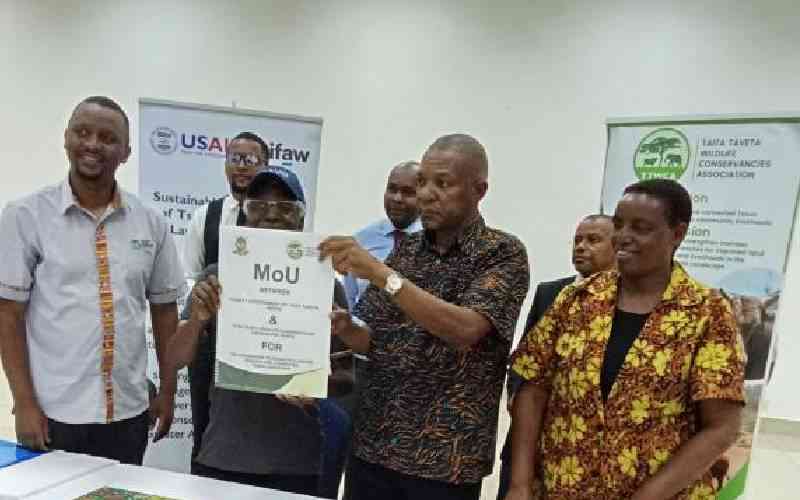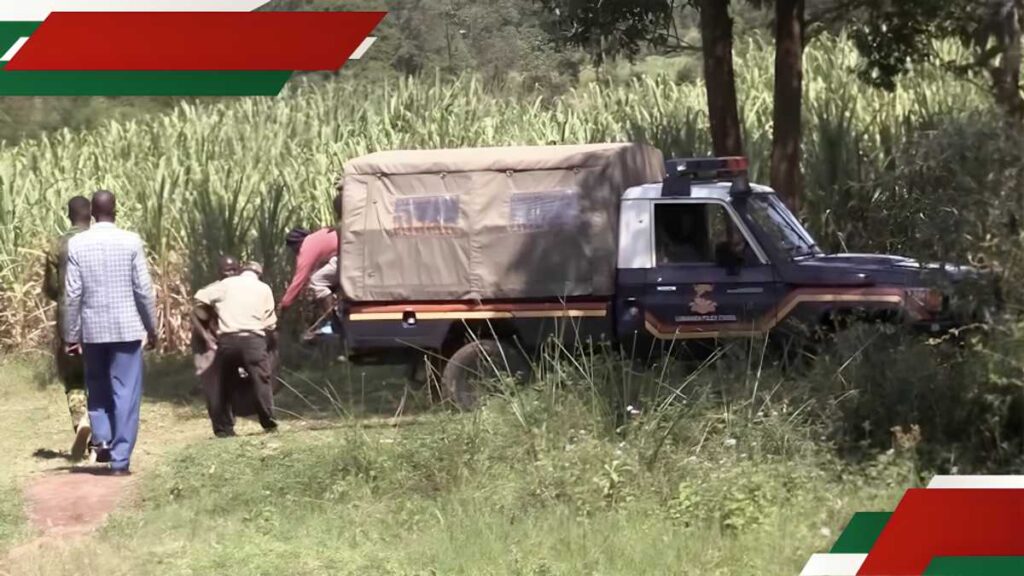The Taita Taveta County Government has turned its attention to the multi-million-shilling ranching activities within the expansive Tsavo ecosystem following its acquisition of a share of revenue generated from the region’s tourism sector.
Recently, President William Ruto directed Kenya Wildlife Service (KWS) to share 50 per cent of the revenue collected from Tsavo National Park with the county. It is estimated that KWS generates Sh60 billion annually from the park.
Governor Andrew Mwadime is now looking to increase revenue from the more than 35 ranches spread across over 1.2 million acres of land, primarily for cattle rearing.
Mwadime highlighted that while some the ranches operate in secrecy, they generate substantial income through carbon credit payouts, investments, and other economic activities.
The Governor stated that the county would soon develop ranching guidelines to ensure the sustainable exploitation, management, and conservation of the environment and natural resources.
“The guidelines will also provide a formula for the equitable sharing of the benefits derived from these activities,” said Mwadime, speaking recently after signing a Memorandum of Understanding (MoU) with ranch owners.
The county entered into the MoU with the Taita Taveta Wildlife Conservancies Association (TTWCA), the umbrella body representing local ranches, in order to secure employment opportunities for the local population.
“The ranchers must conduct their activities in a transparent and accountable manner. We are finalising policies, laws, and regulations to streamline the operations of these ranches,” he added.
According to TTWCA and the Taita Taveta Ranchers Association (TTRA), the ranches have the potential to generate over Sh5 billion annually, provided the county invests in value-addition infrastructure.
At present, many ranchers have leased their land to wealthy livestock traders from outside the county who fatten cattle for the lucrative export market.
With the rangelands offering abundant grass and a suitable ecological environment for wildlife, many ranches have developed wildlife sanctuaries to support sustainable land management.
In addition to livestock rearing, the ranches have committed to develop tourism in order to create wealth for the county’s 40,000 shareholders.
Mwadime noted that the county has yet to fully exploit its resources due to a lack of a coordinated approach and insufficient involvement from his administration.
Other challenges facing the ranches include poor leadership, ongoing disputes, a succession gap, and inadequate infrastructure such as water, roads, and electricity.
Stay informed. Subscribe to our newsletter
TTWCA also cited frequent attacks on livestock by wildlife, particularly lions, land encroachment by squatters, and the illegal movement of unregistered livestock as additional concerns.
Despite these challenges, TTWCA Chief Executive Alfred Mwanake emphasised that the ranches are being run professionally for the benefit of the local community.
“About 80 per cent of wildlife resides in the ranches, which lack adequate water, electricity, and infrastructure to support tourism activities,” said Mwanake.
TTWCA Chairman Bongosa Mcharo stressed that ranchers play a critical role in conserving both the landscape and wildlife for tourism, while also promoting green economy investments.
“The vast ranches could generate Sh5 billion annually, but this potential remains untapped due to a lack of involvement from the county administration. There are no policy guidelines on conservation, and illegal livestock movements are introducing diseases to the local herds,” said Mcharo.
He also pointed out that despite the county having sufficient water resources, ranchers are struggling to access enough water for both livestock and irrigation.

























